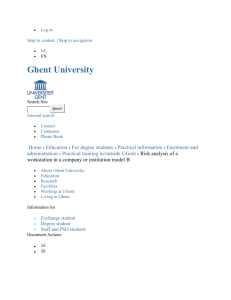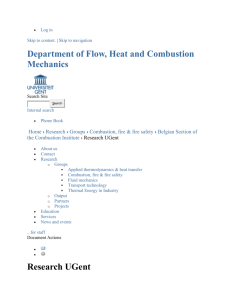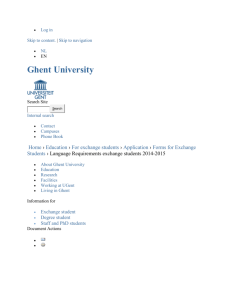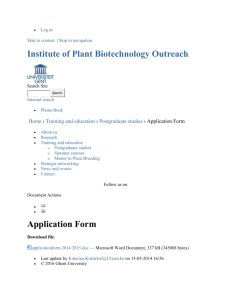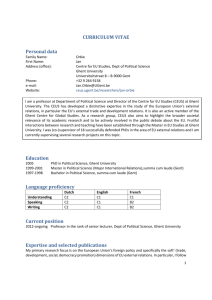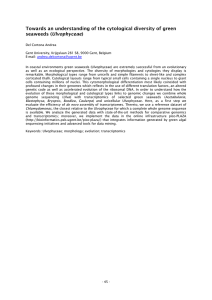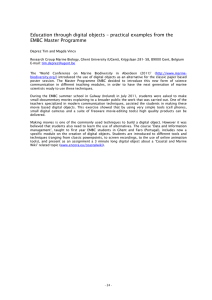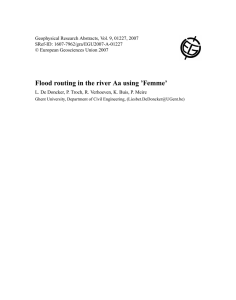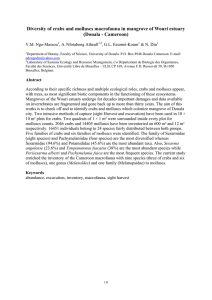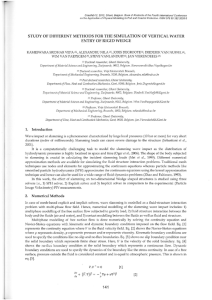MOLLUSCS IN THEIR ELEMENT? AN X-RAY VIEW INSIDE
advertisement
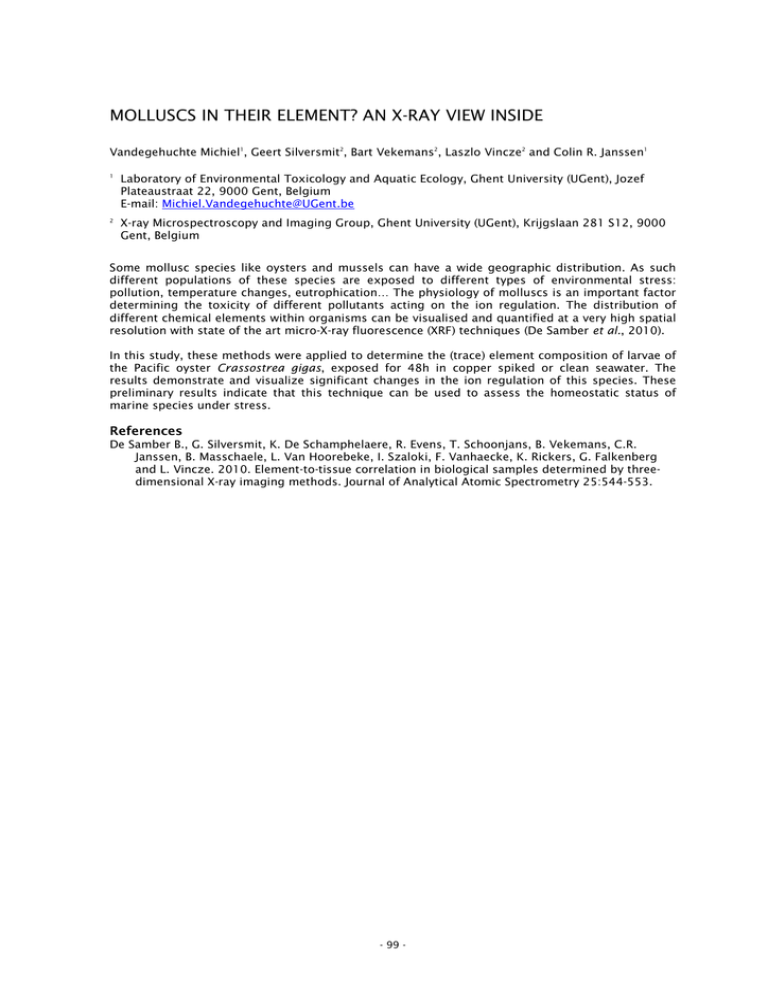
MOLLUSCS IN THEIR ELEMENT? AN X-RAY VIEW INSIDE Vandegehuchte Michiel1, Geert Silversmit2, Bart Vekemans2, Laszlo Vincze2 and Colin R. Janssen1 1 Laboratory of Environmental Toxicology and Aquatic Ecology, Ghent University (UGent), Jozef Plateaustraat 22, 9000 Gent, Belgium E-mail: Michiel.Vandegehuchte@UGent.be 2 X-ray Microspectroscopy and Imaging Group, Ghent University (UGent), Krijgslaan 281 S12, 9000 Gent, Belgium Some mollusc species like oysters and mussels can have a wide geographic distribution. As such different populations of these species are exposed to different types of environmental stress: pollution, temperature changes, eutrophication… The physiology of molluscs is an important factor determining the toxicity of different pollutants acting on the ion regulation. The distribution of different chemical elements within organisms can be visualised and quantified at a very high spatial resolution with state of the art micro-X-ray fluorescence (XRF) techniques (De Samber et al., 2010). In this study, these methods were applied to determine the (trace) element composition of larvae of the Pacific oyster Crassostrea gigas, exposed for 48h in copper spiked or clean seawater. The results demonstrate and visualize significant changes in the ion regulation of this species. These preliminary results indicate that this technique can be used to assess the homeostatic status of marine species under stress. References De Samber B., G. Silversmit, K. De Schamphelaere, R. Evens, T. Schoonjans, B. Vekemans, C.R. Janssen, B. Masschaele, L. Van Hoorebeke, I. Szaloki, F. Vanhaecke, K. Rickers, G. Falkenberg and L. Vincze. 2010. Element-to-tissue correlation in biological samples determined by threedimensional X-ray imaging methods. Journal of Analytical Atomic Spectrometry 25:544-553. - 99 -
